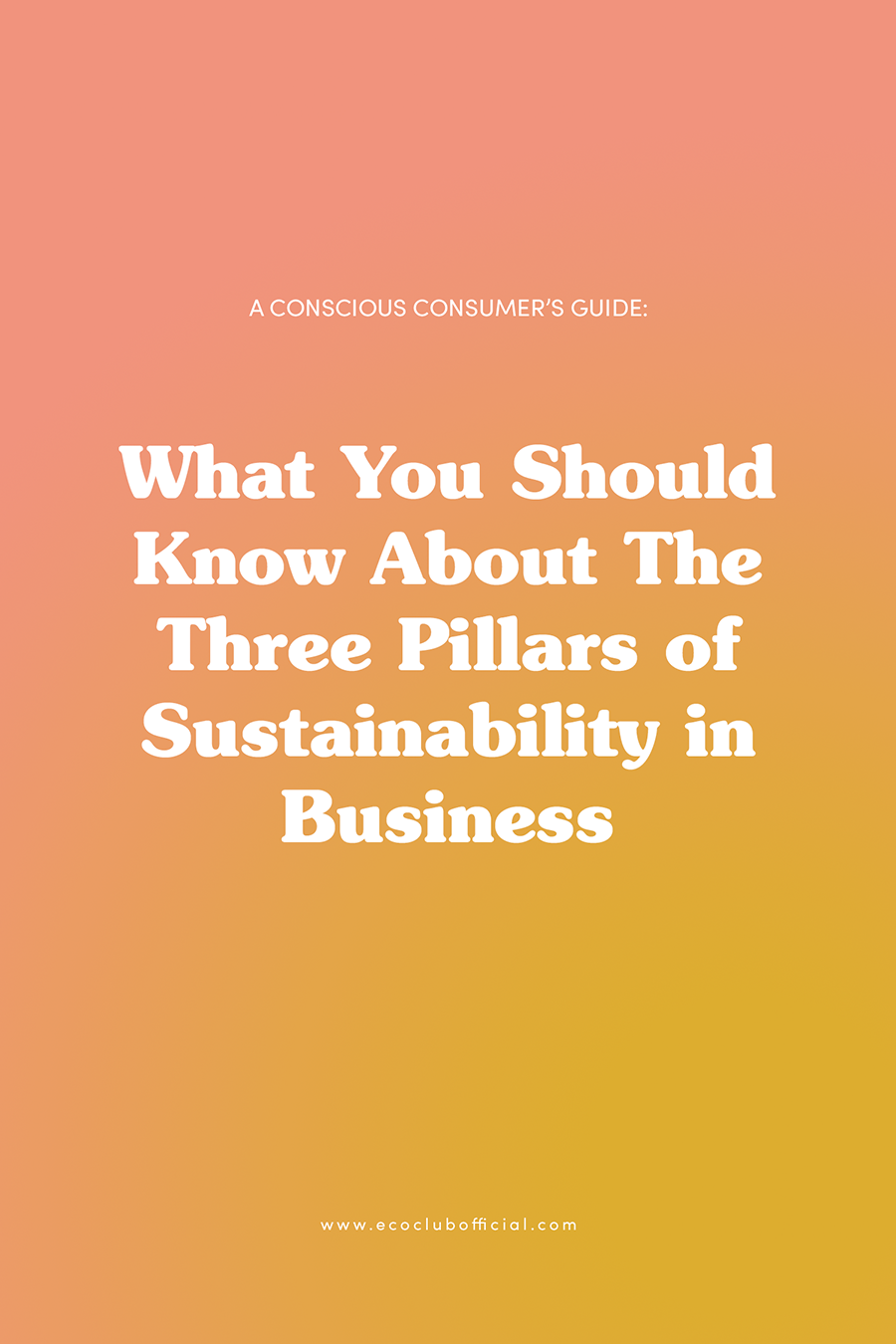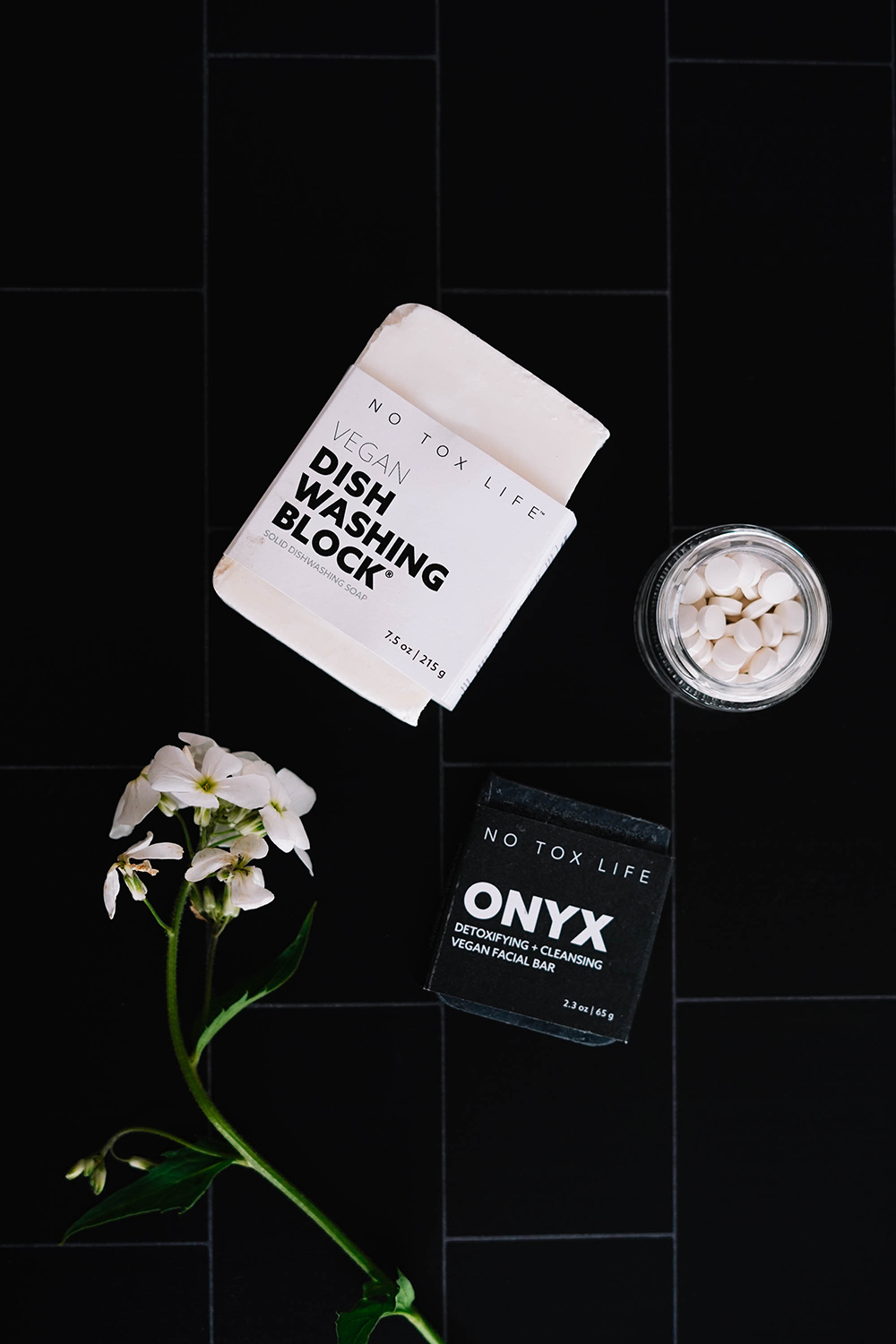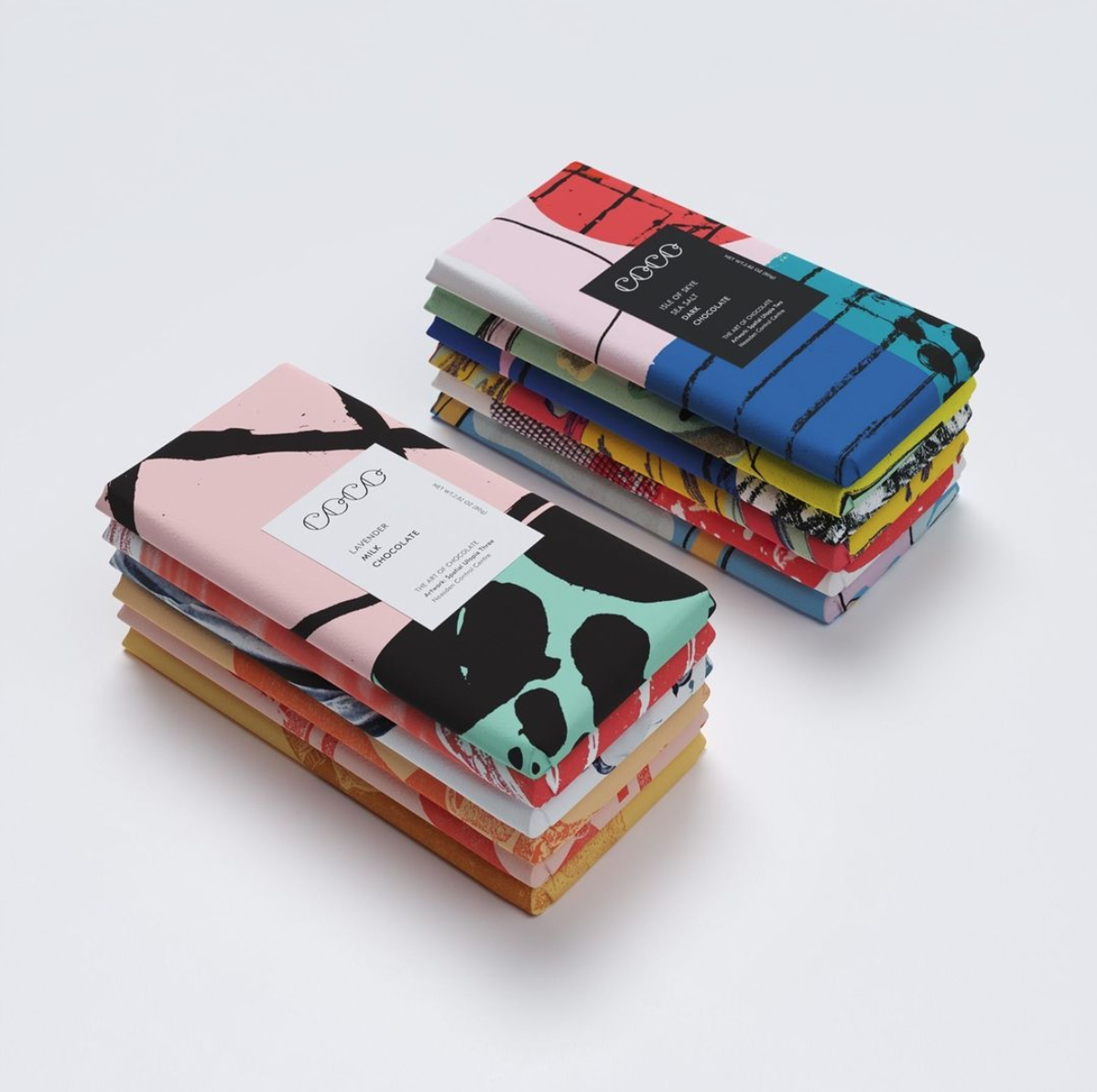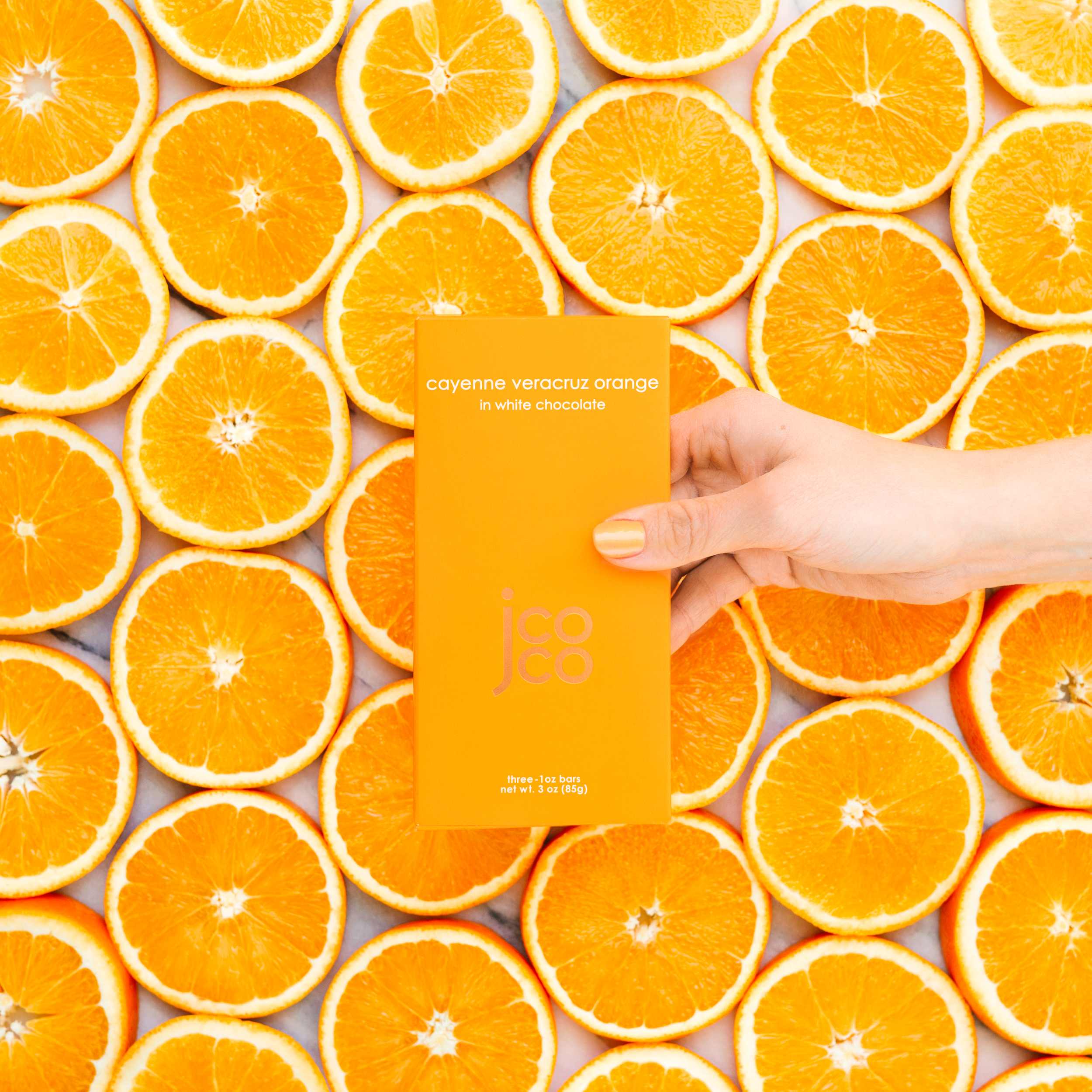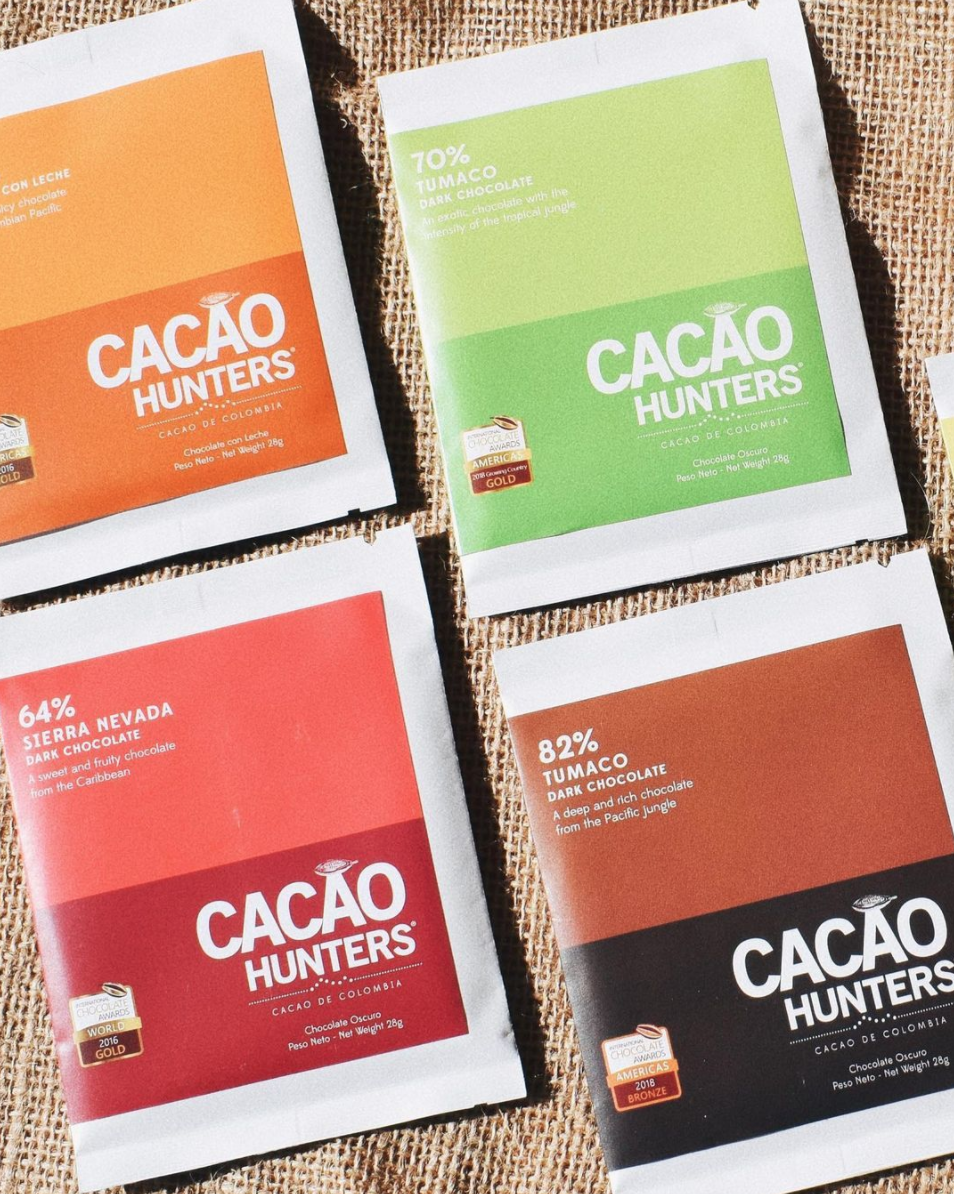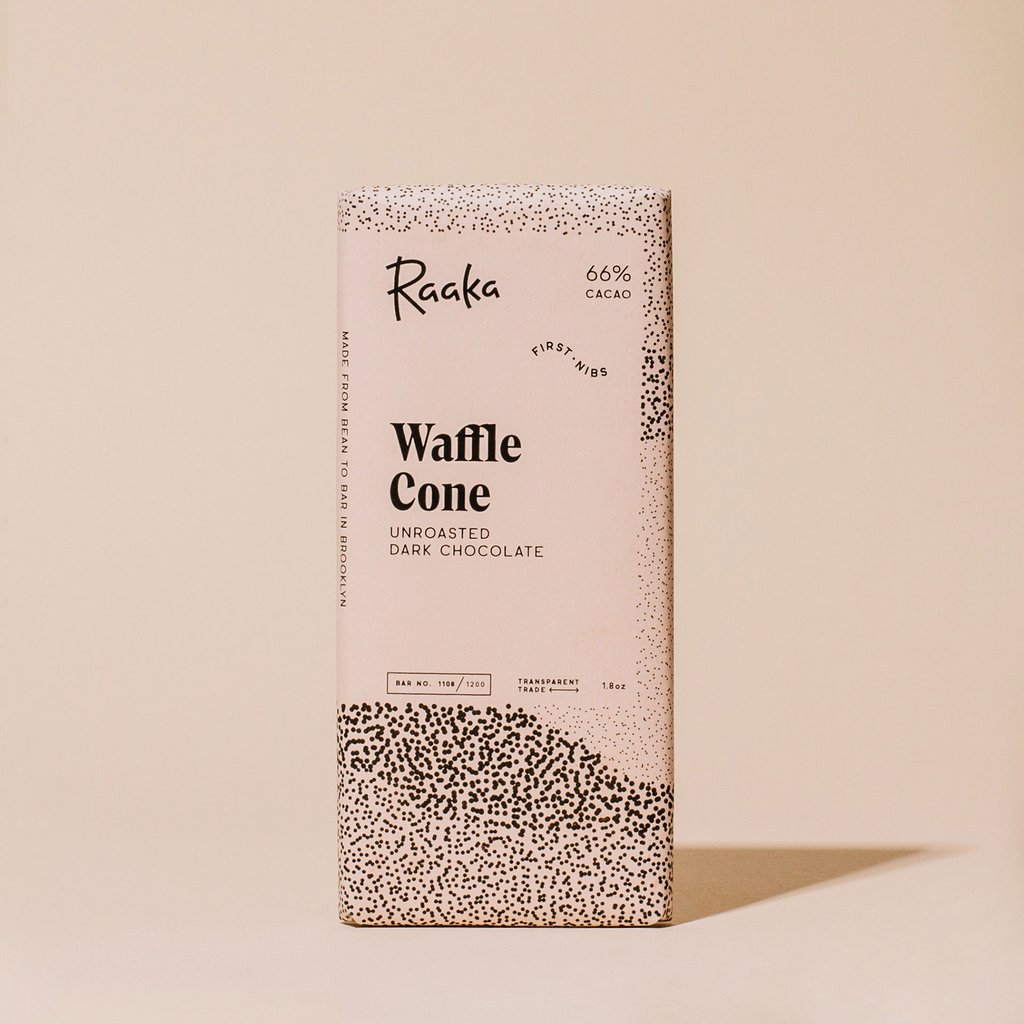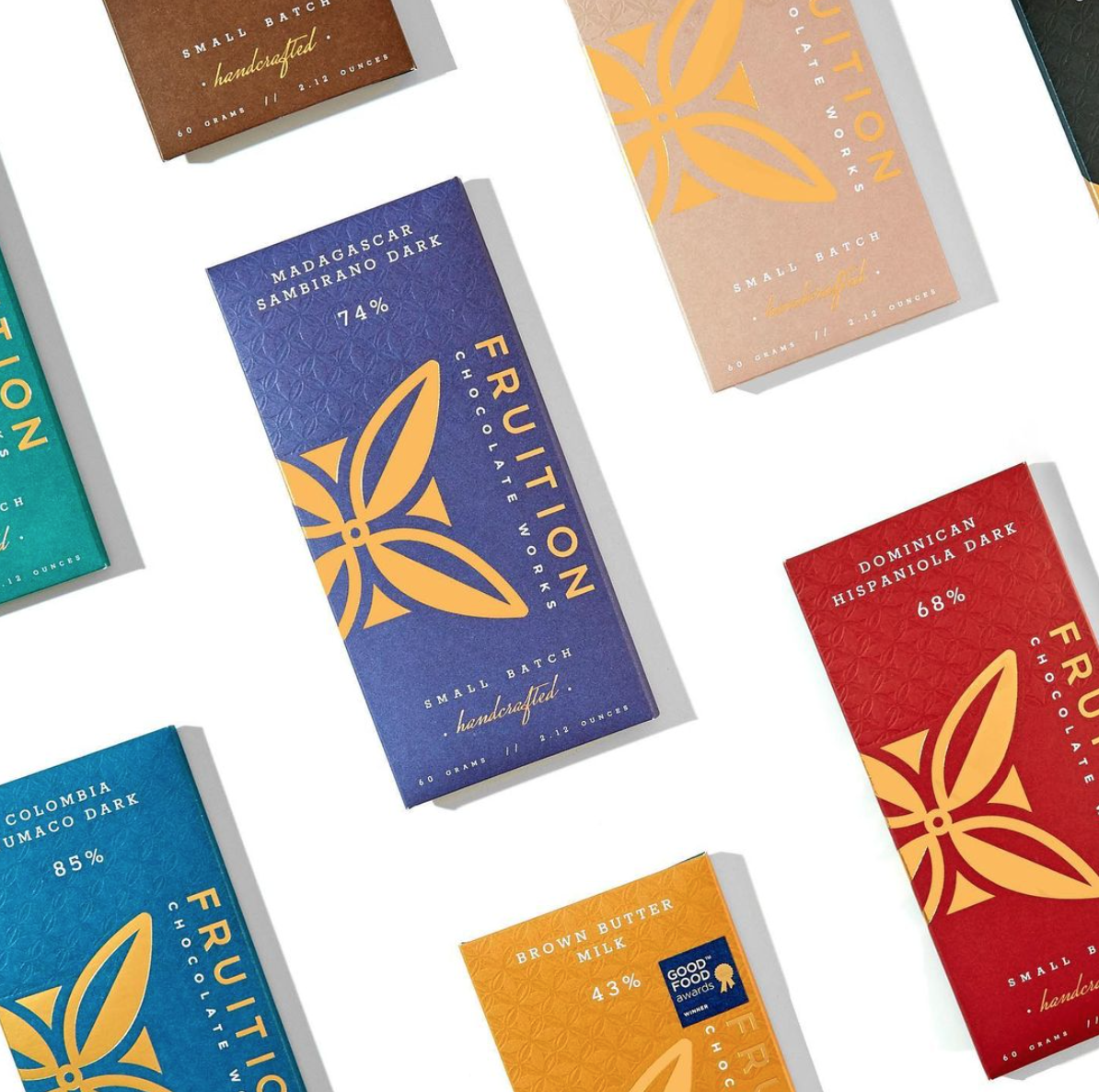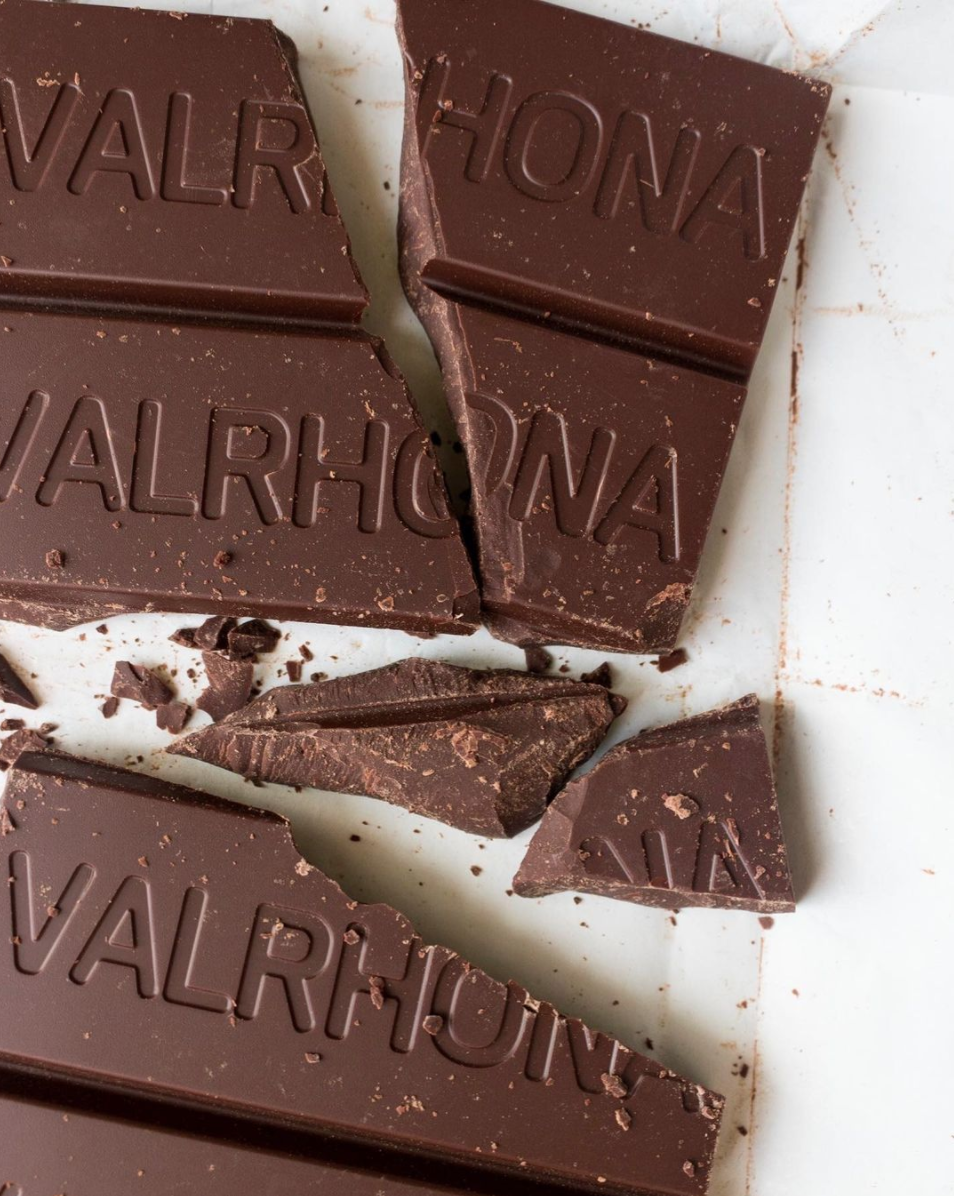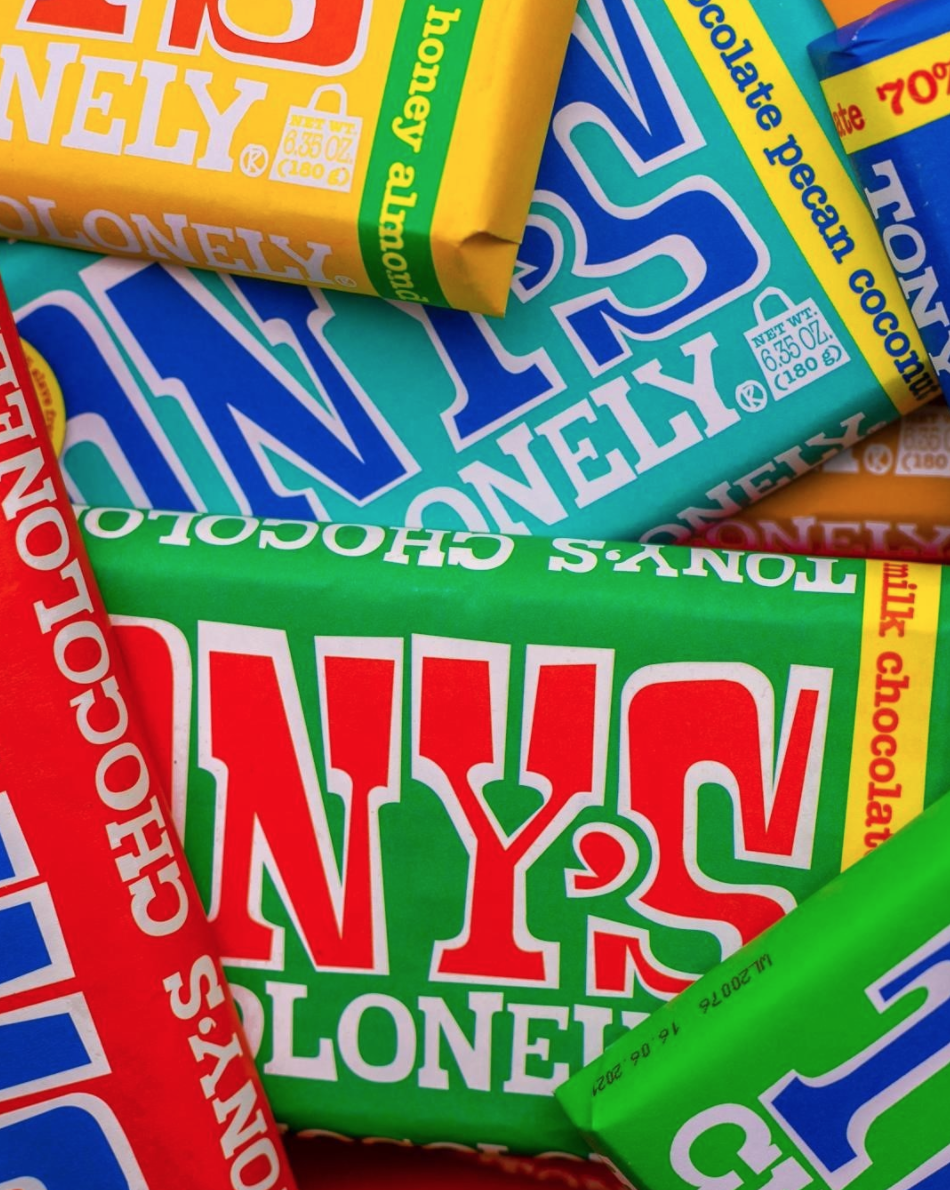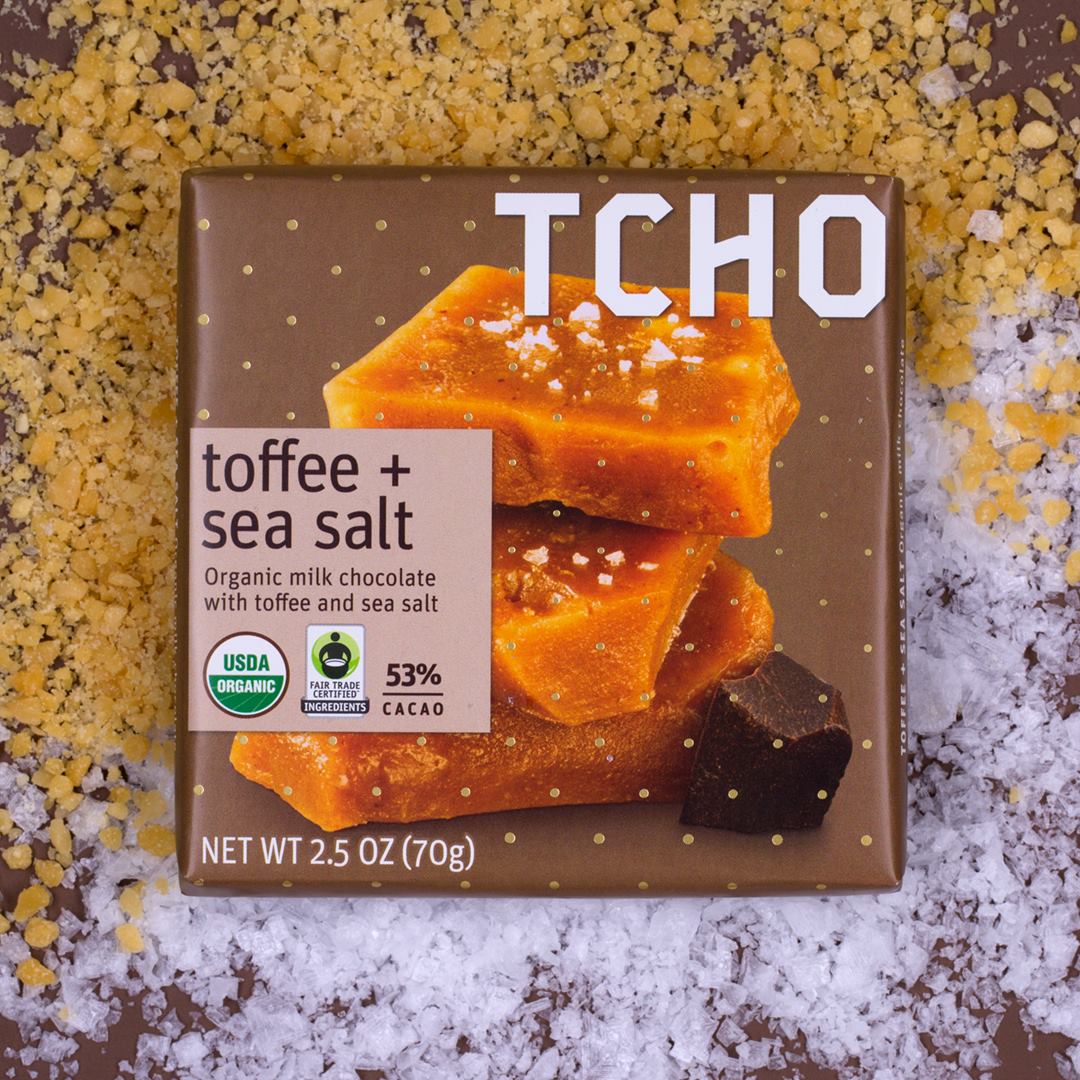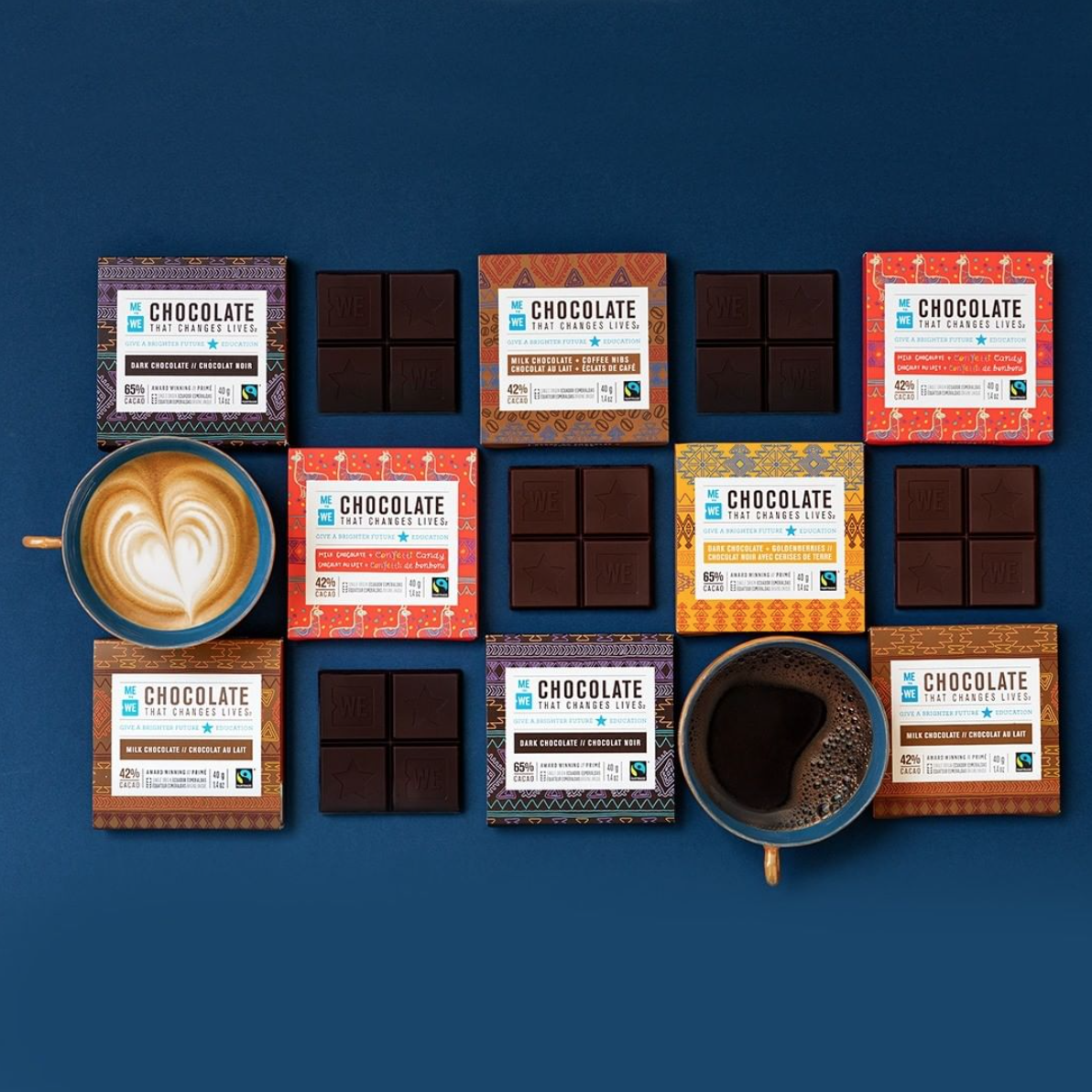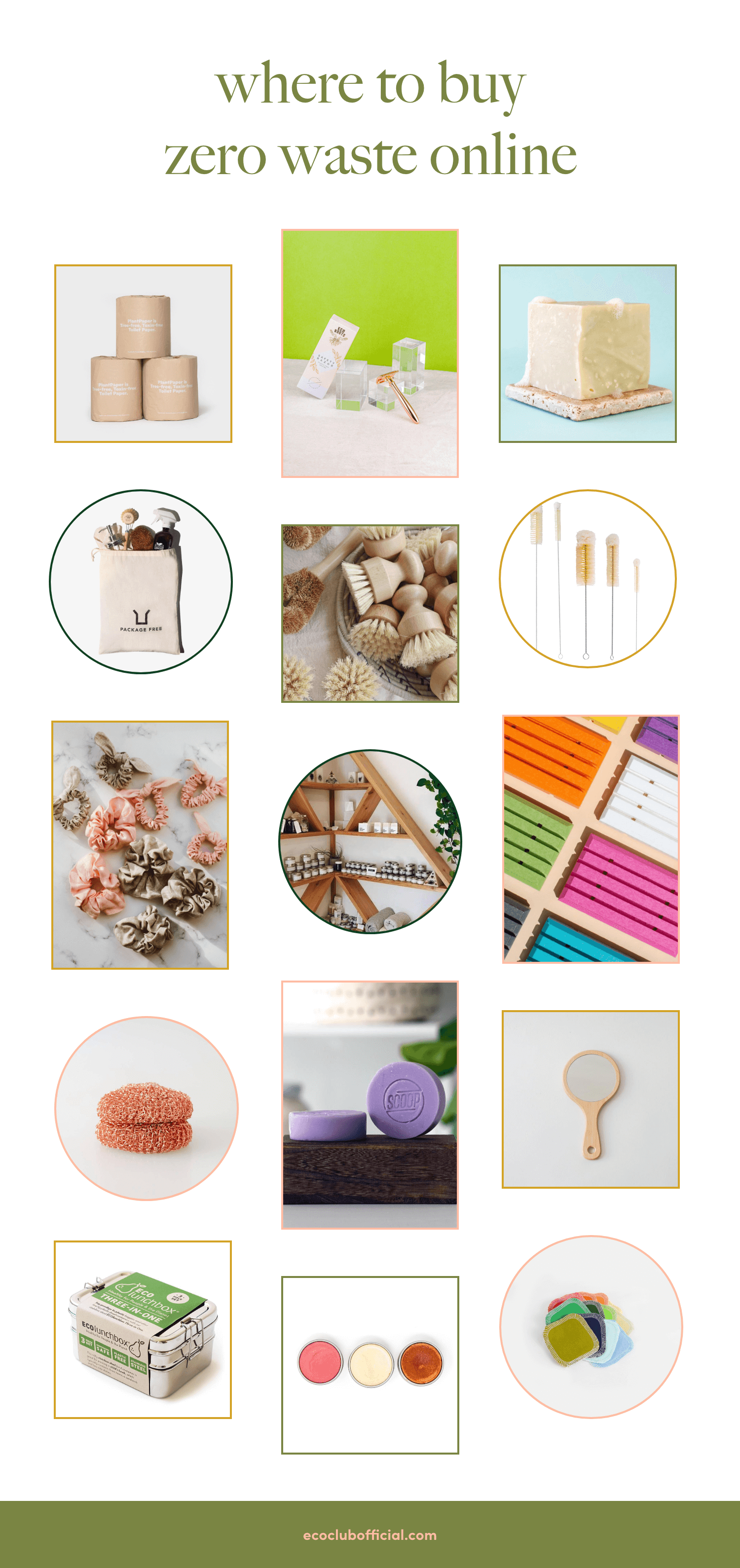Did you check out our introduction to conscious maximalism? There we covered all things conscious maximalist fashion but I’ve been secretly even more excited about this post because home decor is my favorite topic. While what we’re calling it is new, we’ve actually shared many sustainable decor ideas inspired by conscious maximalism in the past, like our favorite artisan boutiques to shop online and our guide to ethically made rugs, so be sure to reference those if you’re into this layered, colorful style. Since color, craft, and creativity, and mindful living are our jam, conscious maximalism isn’t so much a trend for us as a way of life! Let’s dive a little deeper into what this means in terms of design and decor.
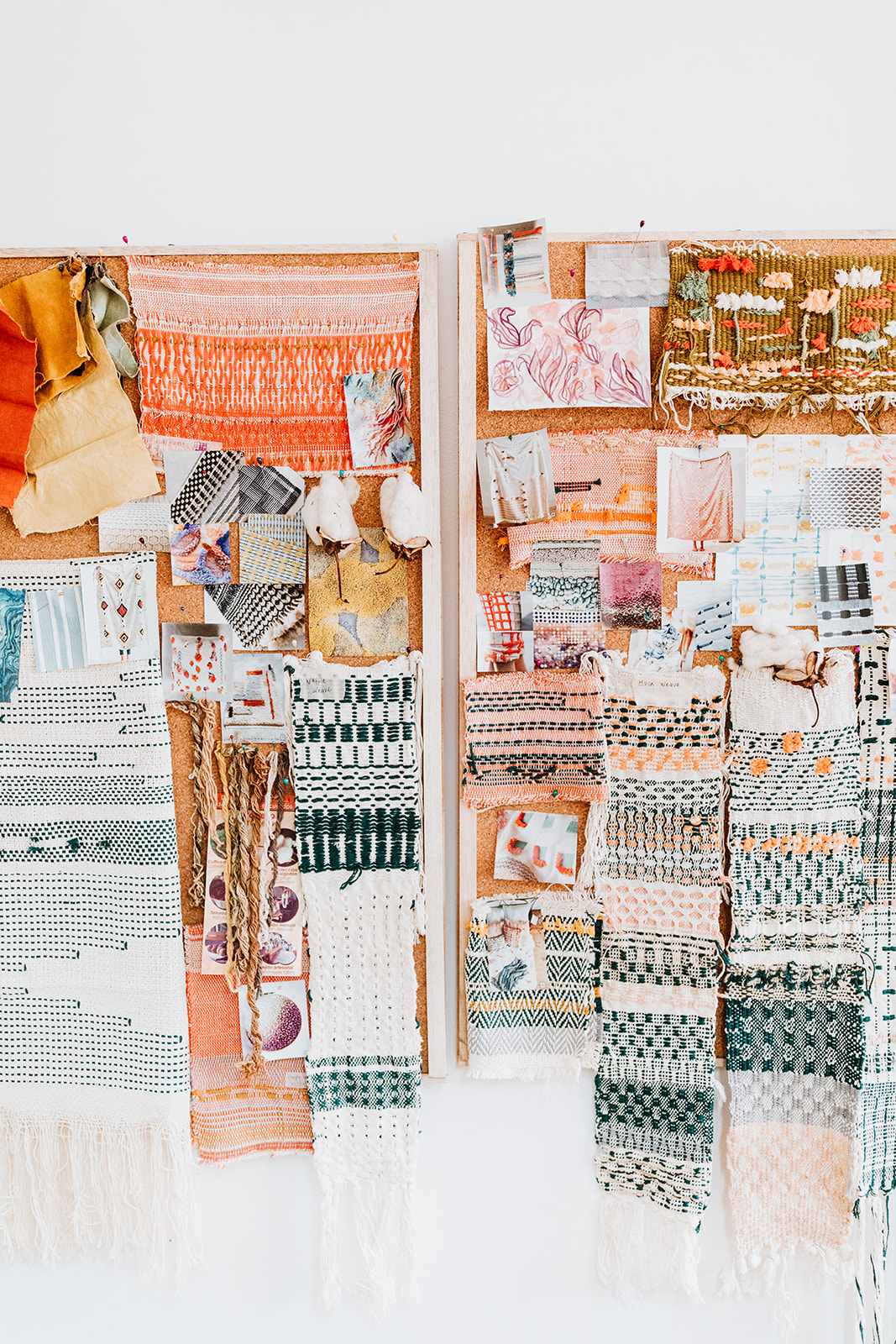
Artisan home decor brand Zuahaza’s moodboard as seen in their studio tour by Ali Campbell Photography.

Like the more open-ended maximalist style of interior design, conscious maximalism is all about blending different styles to create unexpected spaces. While I think all design is intentional to some degree, conscious maximalists dive a little deeper into each item they bring home, taking time to learn the story of the designer, process, or sourcing. They also, as you might expect, make a conscious effort to source more ethically or sustainably, depending on whatever that means to them. Blogger and vintage curator Sara Louise Thomas perfectly represents this concept with her vintage pastel living room and gallery wall full of meaningful prints. She makes an effort to shop small (find recommendations on her blog), which she mixes with vintage finds, not to mention flowers, which if sourced locally are a great example of decorating more consciously.

Astrid Wilson (also featured in Sara’s gallery wall above) via eco club member Woven Rosa

Leah Singh is one of our favorite destinations for bright, graphic artisan made decor and textiles.
It’s often a curated blend of artisan, vintage, thrifted, and other ethically sourced styles of decor all at once. It could be bohemian, it could be contemporary, and it could even be a bit traditional, with a punchy twist. It can also, as in fashion, be achieved with any price point. I love an entirely thrifted home as much as I love the elevated designer furniture from ABC Home (a maximalist designer’s dream).
Conscious maximalism can channel any style, as long as it follows these two principles: considered, mindful sourcing of products and layering of unexpected textures, colors, intentionally styled and arranged.
See below for our favorite ethical brands to shop the trend (which you’d blend with your own thrift/vintage finds!).
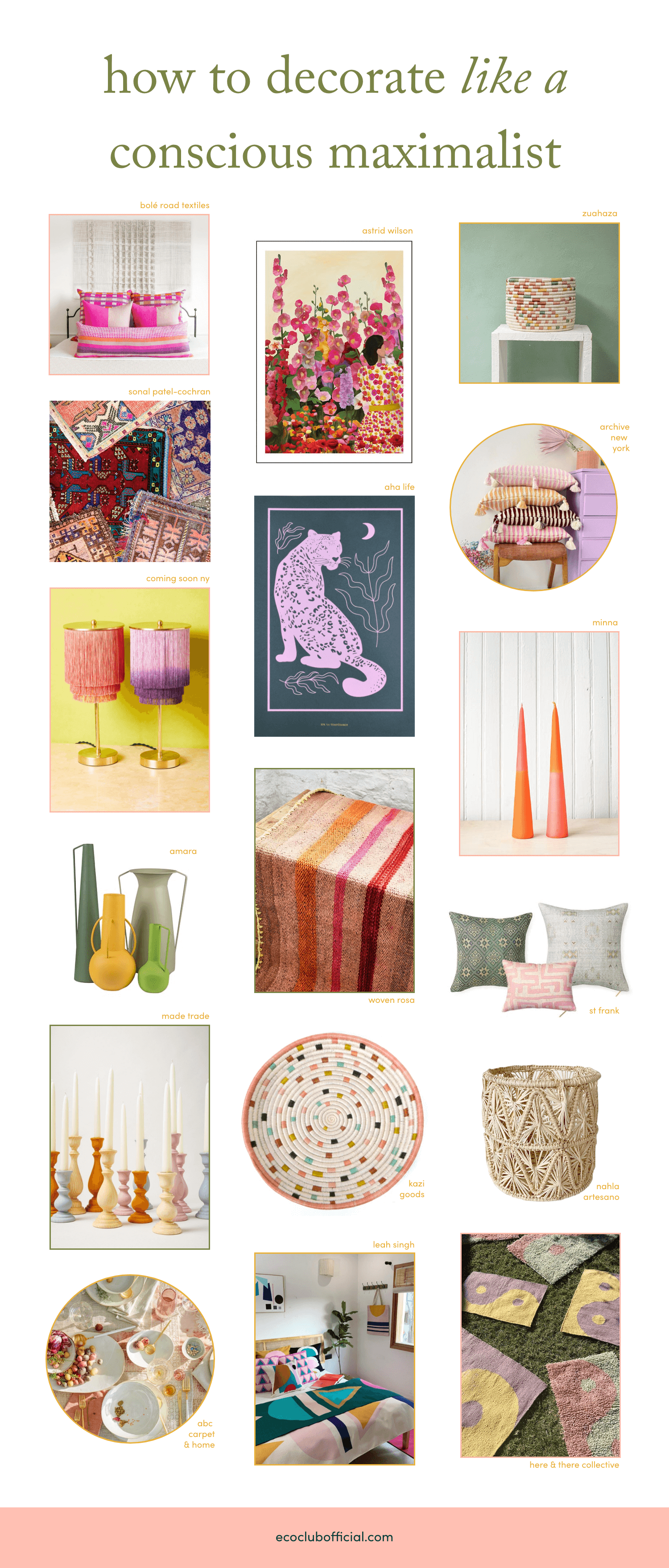
Bole Road Textiles / Sonal Patel-Cochran / Coming Soon New York / Amara / *member Made Trade / ABC Carpet & Home / Astrid Wilson / AHALife / *member Woven Rosa / *member Kazi Goods / Leah Singh / *member Zuahaza / Archive New York / MINNA / St Frank / Nahla Artesano / Here & There Collective
Are you a conscious maximalist when it comes to decor? How else would you describe your style?


